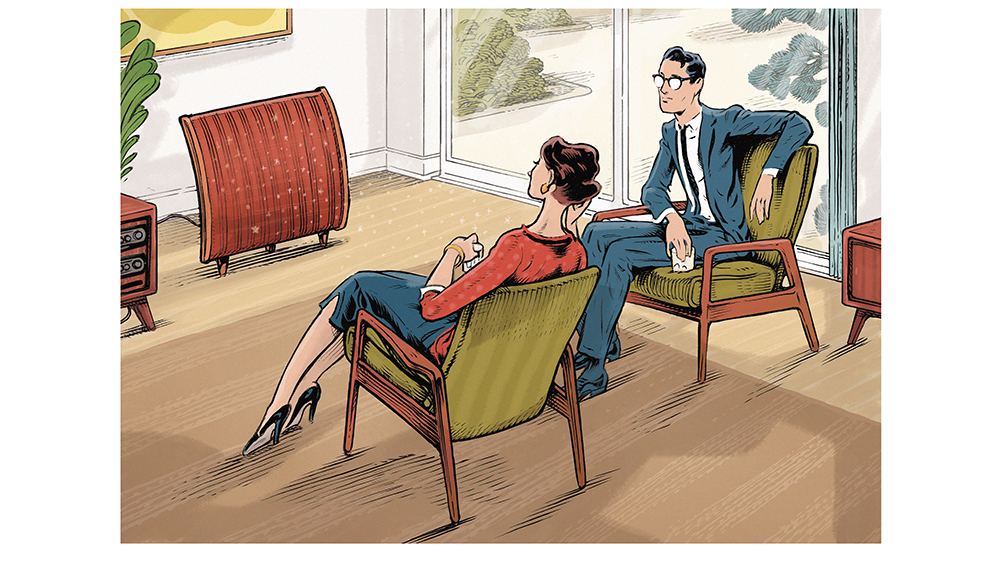While it’s impossible to stuff Carnegie Hall into a living room, a good stereo system is like opening a window to a convincing sonic landscape that stirs the listener’s soul. But creating an accurate simulacrum of live music in one’s home is an elusive task, with as many opinions as to what constitutes great sound as there are audio components designed to achieve it. And though expansive space and budget can both further that aim, neither is a guarantee of success without first knowing what success actually sounds like.
Some audiophiles insist that without a 10-octave frequency response, from the 16 Hz of a 32-foot organ pipe to ultrasonic frequencies audible only to bats, any reproduction is left wanting in terms of accuracy. Perhaps—but then why, if the full-scale force and dynamic range of Mahler’s “Symphony of a Thousand” can only be approached by the most ambitious systems, the same piece played through a pair of modest bookshelf speakers or a good set of headphones can still raise goosebumps and inflame emotions?
“The soul of music is in the midrange,” says Philip O’Hanlon, an industry veteran whose company, On a Higher Note, distributes several premier audio brands. “This is where most of the emotion, the passion, the joie de vivre is contained.” Fittingly, then, reproducing it seems to be more about feel than brute technological force. Consider the Quad 57 electrostatic loudspeaker, invented by Peter Walker and launched in 1957, which was limited at the frequency extremes, unable to play at high volumes and was a single speaker to boot, as stereo was not a commercial reality at the time. And yet the Quad sounded more real than any speaker made before (not to mention a great many since) because it could reproduce the midrange—frequencies from about 200 Hz to 4,000 Hz, such as the guitar, flute and piano—like nothing else. It could also re-create the human voice, whose fundamental frequencies are lower still, with scary-real fidelity that seemed to put a singer inside the room with you.
Today there are a number of loudspeaker choices for achieving what O’Hanlon calls “midrange magic.” Not only do these options come from all over the world, but they also get it right using a variety of approaches. US companies such as Sound Lab, Volti and Magnepan use electrostatic, horn-loaded compression and planar-ribbon transducers, respectively, while Italy’s Sonus faber, France’s Focal, Germany’s MBL and Japan’s TAD all employ either conventional cone, omnidirectional or concentric drivers.
British designers in particular enjoy a reputation for accurate midranges. O’Hanlon, who’s known for putting together famously revealing playlists and glue-you-to-your-seat system demos, is especially fond of speakers from Graham Audio, which extend that realism across the full-frequency range. He calls it the British Sound plus. “The results are an uncanny realism,” he says, “where the speakers disappear and there’s nothing left but the music hanging in the air.”









